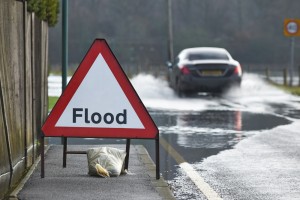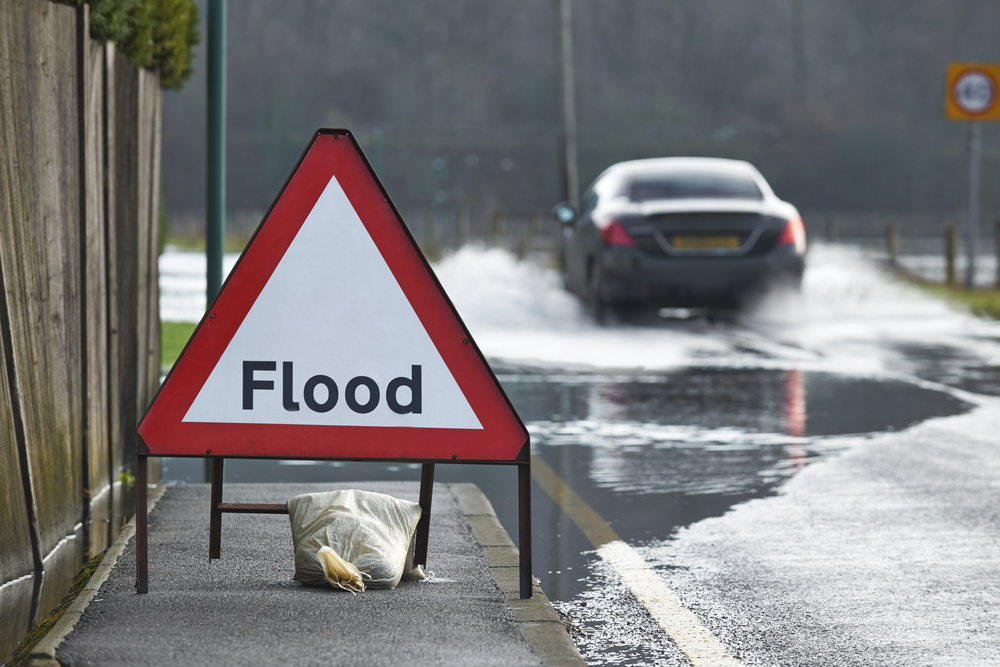Homeowners living near watercourses are being warned they face a greater risk from the spread of invasive plants such as Japanese knotweed.
 This and other species, such as Giant Hogweed and Himalayan Balsam, can cause thousands of pounds of damage to properties and are therefore viewed with caution by mortgage lenders.
This and other species, such as Giant Hogweed and Himalayan Balsam, can cause thousands of pounds of damage to properties and are therefore viewed with caution by mortgage lenders.
But experts are warning, with England having experienced the fifth wettest autumn on record in 2019, conditions are ripe for the spread of these plants.
Those people living, or looking at homes, near watercourses, particularly those in flood-hit areas such as Yorkshire, the East and West Midlands and parts of the South East and West of England, are particularly at risk.
They should look out for new infestations which typically appear in Spring.
Nic Seal, founder and managing director of Environet, a specialist in Japanese knotweed, said: “Homeowners whose homes and gardens have been flooded this autumn and winter should be extra vigilant for signs of invasive plants which may have hitched a ride to new locations on or near their property.”
Impact on homes
If Japanese knotweed is found on a property, or even nearby, it can make the home difficult to sell because it can cause damage to driveways, drainage and brickwork, if left untreated.
Homeowners who want to sell their property in the future must provide evidence to the mortgage lender they have a professional treatment plan in place. They must also have an insurance-backed guarantee in place.
Seal added: “If identified and dealt with quickly, removing them will be more straightforward, but new infestations can become a major problem if left unchecked and allowed to become established.
“People with properties that back on to watercourses are particularly at risk and should move quickly to assess any new green shoots as they emerge this spring.”
Most areas of England experienced above-average rainfall in October 2019, according to the Environment Agency, with some suffering double the typical amount.
Heavy, persistent rainfall in November, meanwhile, lead to serious river and surface water flooding and 150 flood alerts were put in place.














